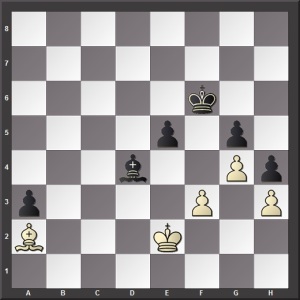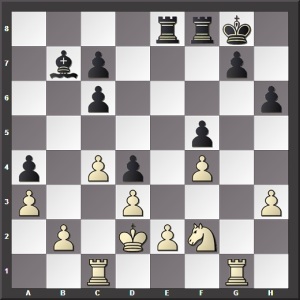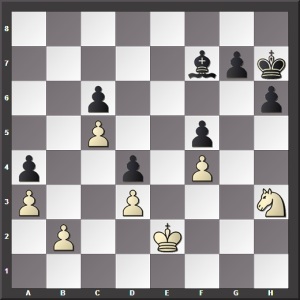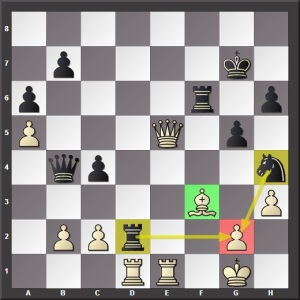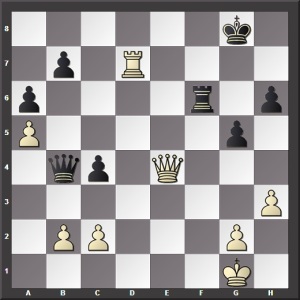While some chess activities have been curtailed by the global pandemic, I am playing more chess than ever. This is thanks to a part-time PhD student who has been furloughed from his day job as the assistant manager at the Green Man. Originally from Portugal, Ernesto is an energetic, questing soul who is forever exploring new ideas.
In the first lockdown he formed a consultancy company. Its mission, he says, is to help clients get more from their employees. His company’s big idea is that a lot of businesses fail because their employees overlook the obvious.
His solutions are underpinned by extensive analysis of the way people think, much of which is based on chess.
Ernesto is contemptuous of computers, which, he says, have spoiled the modern game. He is a gambiteer. His favourite opening is the King’s Gambit, and he’s very good at it, which is why I was dipping into Bologan’s Black Weapons last week in search of an antidote.
To help him conduct further research, Ernesto asked for volunteers. He is using the annexe at The Green Man as his human laboratory and we, his guinea pigs, sit two metres apart at simple wooden tables with a plastic chess set, calling out moves to him while he makes mincemeat of us with unsound pawn sacrifices and rapid piece development.
It turns out that the local maths teacher, Daphne, is also pretty good at chess. She plays the Slav (1.d4 c6) and the Caro-Kann (1.e4 c6), which Ernesto finds hard to demolish.
We were not sure where we stood under the terms of the latest lockdown, but Ernesto assured us that we were undertaking essential work that would be of vital importance to government departments if no progress was made in fighting the pandemic by the spring.
With that, I agreed to play a game against Daphne, calling out the moves while Ernesto wrote them down. Having seen the difficulties Ernesto got into against her resilient 1…c6, I decided to skirt round her repertoire by playing 1.c4.
And there, of course, I gave Ernesto his first piece of important data because I had overlooked the obvious 1…c6.
Now, I have read a few chess books in my time, so I happen to know that this move is recommended by Andrew Soltis in A Black Defensive System For the Rest Of Your Chess Career (Chess Digest, Incorporated, 1987). However, never having faced this move when playing 1.c4 as White, I panicked and played 2.d4 and fell right into Daphne’s clutches as she unleashed her Bronstein Variation of the Slav Defence.
She pushed me hard but after three and a half hours I managed to make a transition to a winning pawn endgame and Ernesto wound up the experiment.
Later I looked up Daphne’s move in a recent book called An Idiot-Proof Repertoire by Graham Burgess. After much searching in side notes I found this recommended line:
1.c4 c6 2.g3 d5 3.Bg2 Nf6 4.Nf3 dxc4 5.0-0 Nbd7 6.Na3 Nb6 7.Qc2 Be6 8.b3!? cxb3 9.axb3 g6.
This is the memorably named F224 line from Burgess’s book pitted against Soltis’s C1 line from his. I must be overlooking something obvious here because to me White’s position is simply a pawn down and a complete mess while Black’s is unassailable. Who would have guessed that a minor line from 1987 would hold up so well against computer-age theory from 2020? No doubt Ernesto would love this gambit but it’s not for me.
Next time I have the White pieces against Daphne I will be happy to open with 1.d4 and let her play the Slav. I think that’s probably more idiot-proof. I need to brush up the theory from Soltis’s Winning With 1d4 (Chess Digest, 1988). It got terrible reviews, I remember. Possibly from Graham Burgess amongst others.






